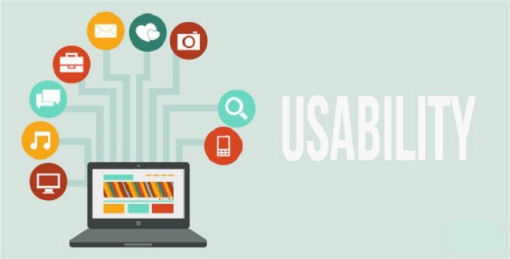Is Your Content Usability on Par?
Author: Eric Brantner
Internet Content Writer
One of the main things SEO content writers continually underestimate is the importance of content usability. Many writers think it is enough to produce keyword rich content that is decently written. This shortsighted approach focuses only on search engine implications and not on the effect their content has on the reader.
Scannable Content
People view content differently online than they do in print. Because users tend to have a very short attention span online, it is necessary that you produce content that is easily scannable. This means that you must avoid lengthy paragraphs. Huge blocks of text tend to scare readers off.
Instead, you should write shorter paragraphs. Users appreciate the smaller sections, and the white space helps the content appear less intimidating. Additionally, each section should include a bold caption that briefly explains the main idea. People like to have a clear, quick grasp on what they are reading about or they will just move on to another page.
Readability Should Match Audience’s Needs
Many SEO writers make the mistake of writing content that flies over their audience’s head. Sure, there is nothing wrong with having an extensive vocabulary, but you have to understand the overall purpose of your content. If the writing is wordy and difficult, your target audience will never read it.
Since at least half of Americans read at an eighth grade level or lower, you want to produce content that is accessible to a wide range of people. This doesn’t mean that your content needs to read like a Dr. Seuss book, but depending upon your target audience, you probably don’t want to be writing your SEO articles like they are your graduate thesis, either.
Interestingly enough, there is an online readability tool that can help writers understand if their content is hitting the mark or not. This tool analyzes your content on multiple levels and tells you the content’s level of readability.
Of course, the discovery of this tool made me want to see how readable our SEO blog is.
Each of these readability scores is based on its own formula for determining readability. I won’t go through each individual score, but I will touch on a few. These results are satisfactory overall, but they show us what we need to improve on to maximize our readability.
Flesch Index- The Flesch Index is one of the most widely recognizable readability formulas today. This score ranges from 0 (most difficult) to 100 (easiest to read.) The average person responds best to documents that are in the 60 to 70 range. Since the Directory One blog aims to be accessible to everyone from SEO beginners to experts, I think a score of 63.5 is great. It shows that our average post is well written and easy to understand.
Fog Index- The Fog Index assigns a grade level to content. Ideally, you want your grade to be around an 8. Our grade of 12.5 is a little higher than I would like, but I believe much of that can be attributed to the use of technical SEO terms. Furthermore, I think it is acceptable to have an occasional post that ranks a little higher on difficulty. It helps separate your blog from the spam. That being said, the average SEO client will want their content to be accessible to the average reader.
Paragraph Length- Perhaps the score I am most pleased with is the analysis of our paragraphs. Out of 38 paragraphs, the SEO blog averaged 4 sentences per paragraph. As I mentioned earlier in this post, short paragraphs are ideal for keeping your content scannable. An article that contains paragraphs with 4 sentences provides readers with content that is easy to read and not intimidating.
All SEO writers can benefit from analyzing their content’s usability. In the end, you have to give your audience what they want. Otherwise, they will leave your website and never return.

